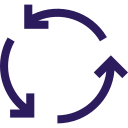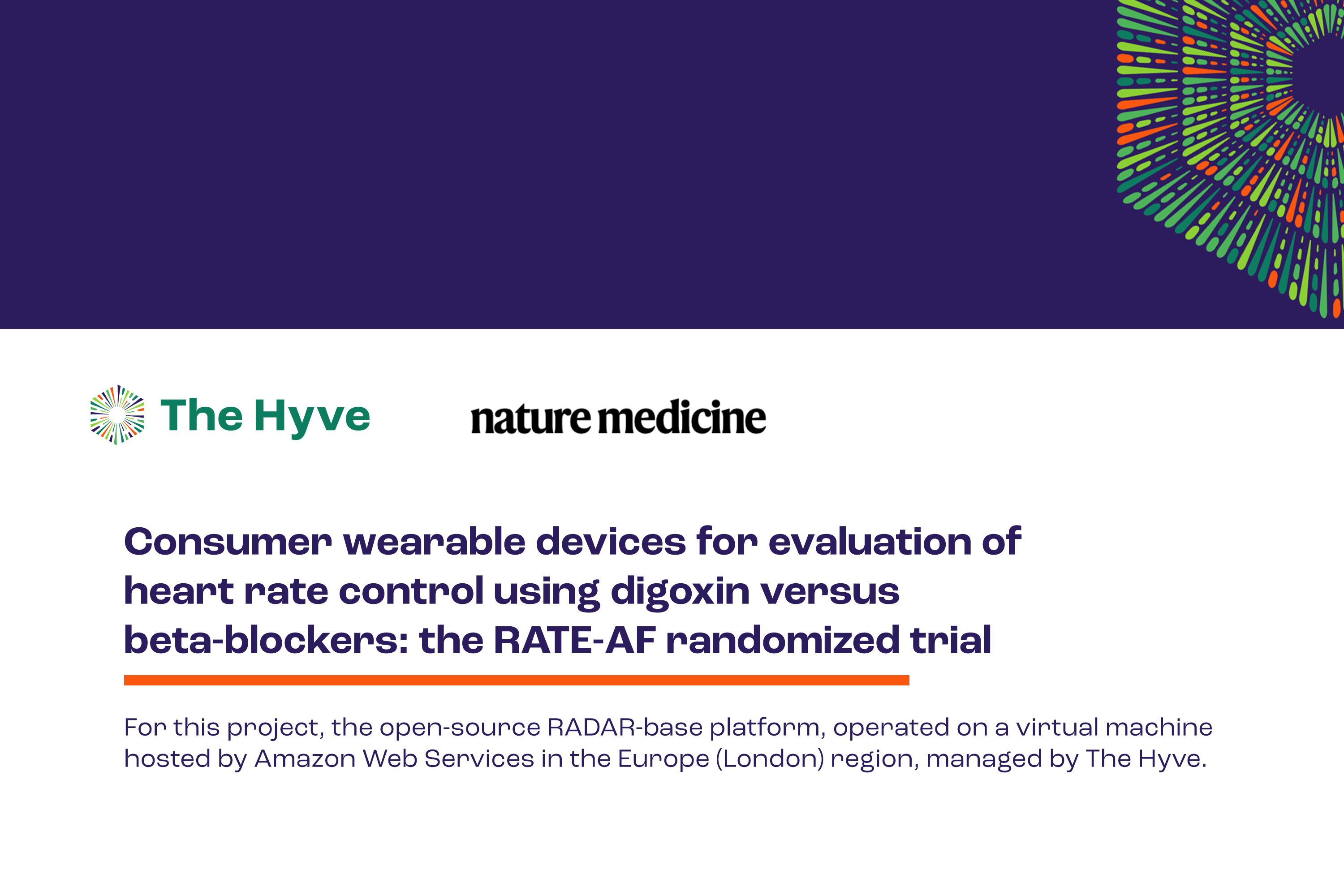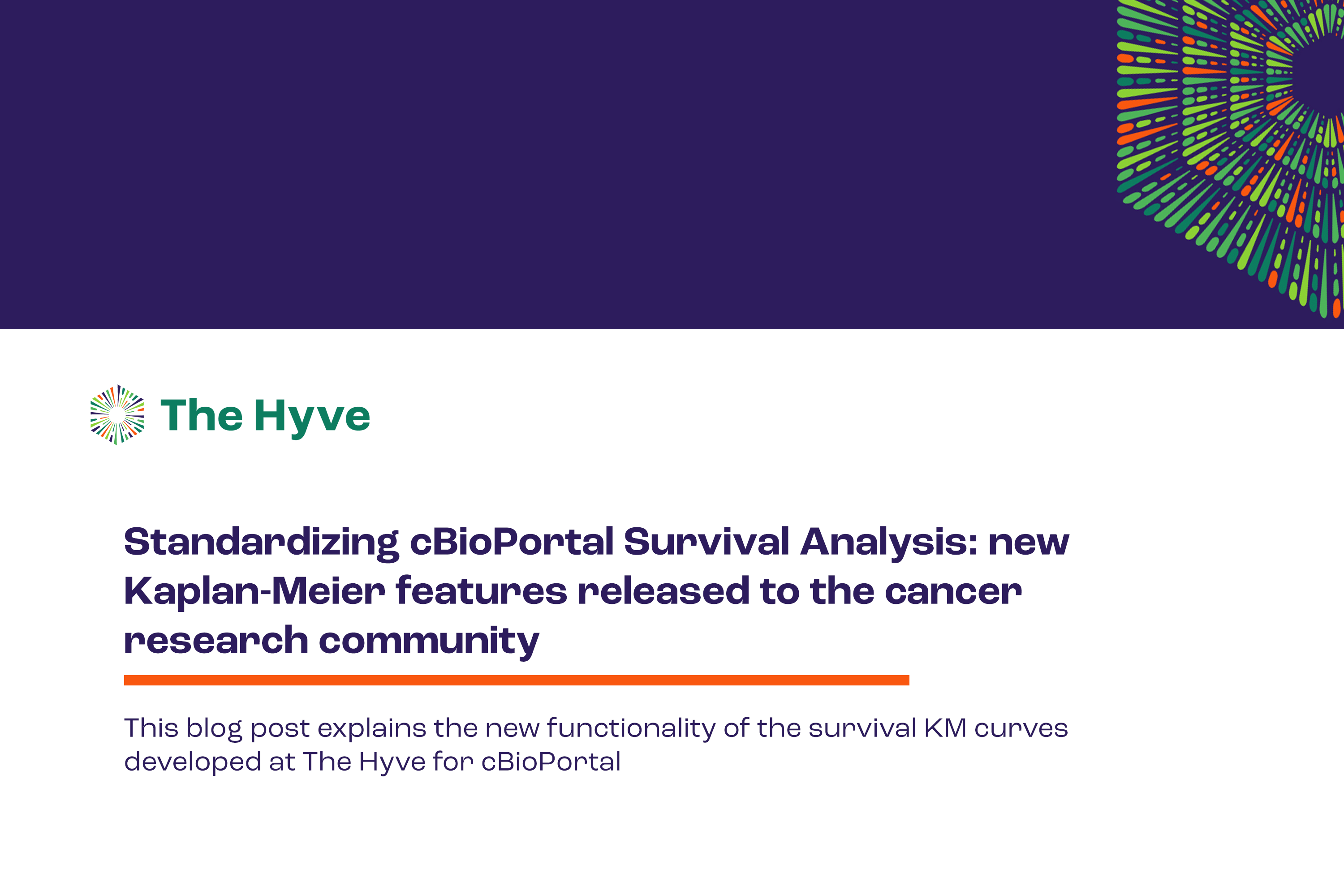- Data originating from different departments often live isolated in so-called data silos. The use of a semantic model helps to create a unified view of the data within an entire organization.
 Semantic Modeling
Semantic Modeling
Capture meaning of your research data with a Semantic Model
In contrast to other types of data models, a semantic model specifies the meaning of domain-specific concepts such as genes, proteins, and assays. With a well-integrated semantic model, both humans and machines can easily find which data is right for their use case and unambiguously understand the data and its context. A semantic model simplifies research data integration and management and forms a key step towards making data more FAIR.
Opportunities that arise using a Semantic Model
- A well-defined semantic model helps to improve metadata management. Rules can be defined to specify for example that a program can have multiple studies and all studies require a start and end date. This makes interpretation of data across subsequent stages of R&D possible and relationships between data elements easier to understand.
- Storing contextual information conforms to a semantic model and prevents the problem of unusable legacy data.
- Data from comparable studies can be quickly identified and combined. Conclusions can be reevaluated with larger sample sizes or novel research questions answered without the need for performing yet another costly experiment.
- By combining semantic data models with machine learning and (explainable) AI, great discoveries can be made within the biological domain. Successful examples include chronic disease prediction, drug repurposing opportunities, and gene annotation completion.
What we offer
Our Research Data Management team offers the following semantic modeling services

Creating a semantic model using RDFS, OWL and/or SHACL that captures how a domain is structured and allows for reasoning and inference. Where possible, open source industry-standard ontologies and vocabularies will be used.

Applying existing models to unify data annotation within and across domains such as PK/PD, omics, ELNs, sample inventories, public datasets, CMC data, etc.

Assess the quality of semantic models by evaluating the completeness and coverage of the model for a specific domain, its consistency, governance, clarity for the user/machines, etc.

Building a semantic layer for unified access to data across your organization, using domain specific models. Definitions from different sources are mapped to one consolidated view that is close to the business domain.

Ensuring sustainable ontology engineering by advising on how to automate and scale the maintenance of your semantic model and implement the solution.
Semantic Modeling infographic
Are you, as a data steward, data scientist, or researcher, constantly wasting time cleaning and structuring siloed data from different data sources and datasets? Does the way the data is stored and annotated hinder you in making biomedical discoveries or forming business strategies? Maybe you have just started looking into semantic models and knowledge graphs as a solution for these time and resource-consuming efforts?
This infographic shows the benefits of semantic models and knowledge graphs and how The Hyve, in collaboration with a top pharma company, solved their data integration challenge.
If you prefer to understand more in person, The Hyve can organize in-person training and workshops covering semantic models.


